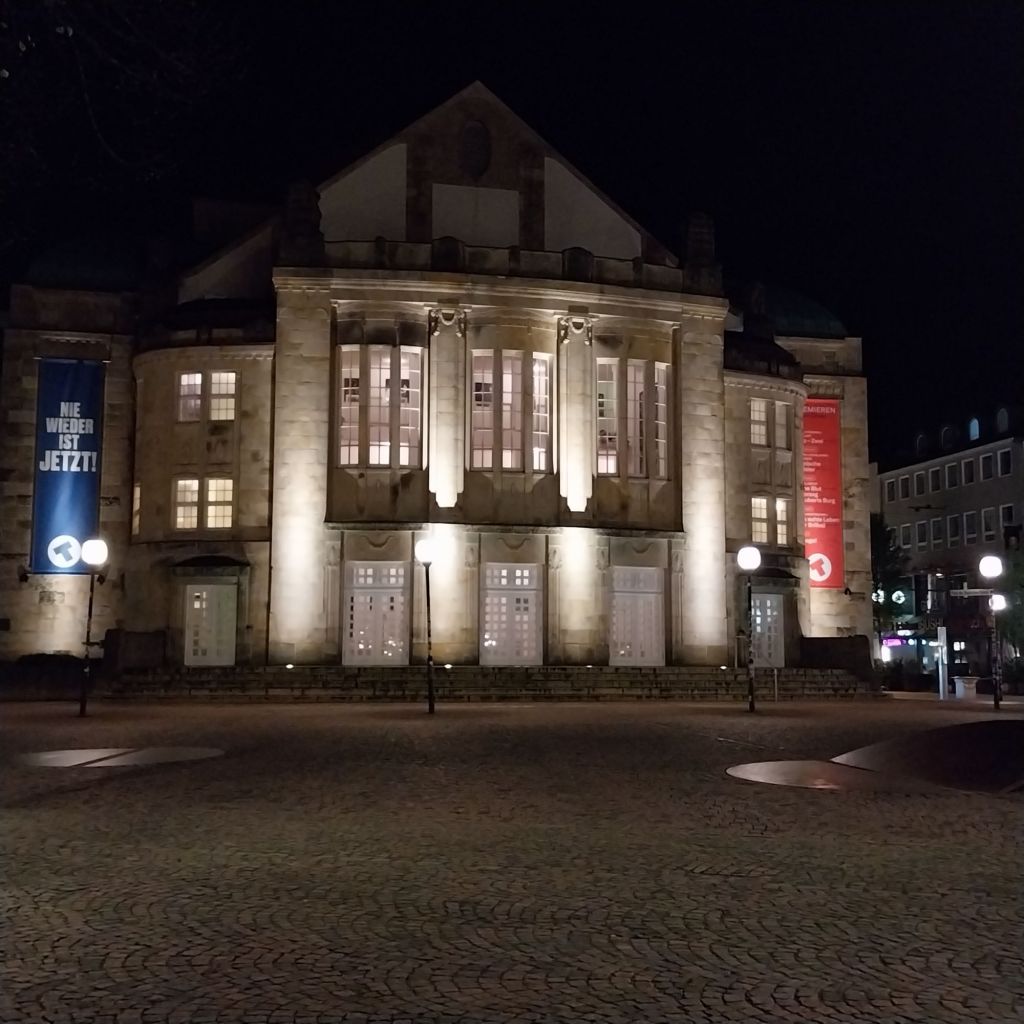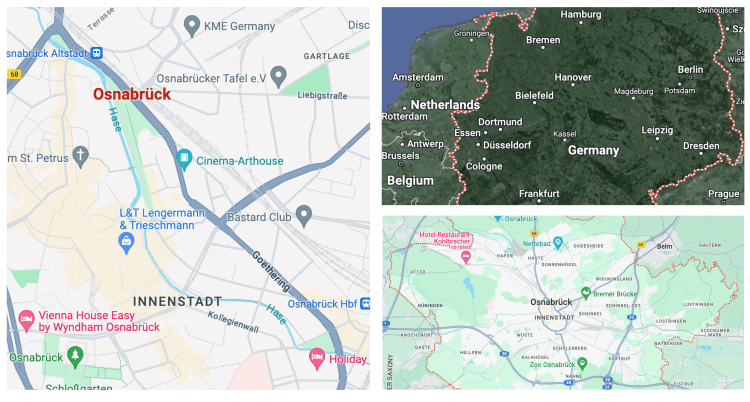Copenhagen had been a great choice and I was pleased I had opted to spend two nights there instead of one. My orginal pan had been to move on to the German city of Osnabruk, and it turned out to be the right decision.
Although I usually enjoy travelling First Class, there are some exceptions. I’ve discovered that the compartments used on may European trains can be of varying quality, and with the morning service to Hamburg or educated to be busy, I didn’t want to be cramped into a middle seat with five other strangers.
One of the most efficient things about German trains is the ability to book a seta even when the train has left its first station. So it was a relief to get a wide, comfortable seat in Second Class – the only distraction being a group of excitable teenagers on some kind of group trip.
The geography of Europe means that trains from Copenhagen have to cross from an island onto the mainland – slowly making their way through Northern Denmark to the German border. It’s a fairly boring landscape until we cross the Rensburg Viaduct. Being on the train itself I had to borrow the following picture from the linked page. It was completed in 1913 to take rail traffic over the Kiel Canal, and spans almost 2.5km.

All of this was incredibly exciting until about five minutes later when the train came to a halt. An unspecified delay was announced, with word that “several other trains” were in front of us. Not only that, several actually passed us during the 30 minute wait. None of this was disastrous, since there was a connecting train from Hamburg every hour. But it wa still frustrating to be going nowhere.

I’d heard from friends that Deutsche Bahn’s reputation was terrible. Everyone associates Germany with efficiency, but it seemed that every time I used one of their trains it was late. But while there are shortfalls, there is good customer service. During the delay I had an email update from DB confirming the delay, and telling me that my ticket would be valid on any other service.
So, an hour later, the connecting train to Osnabruk. This was one of DB’s more modern ICE trains, and a large single seat in First Class was extremely comfortable.
12 hours in Osnabruk
Osnabruck was something of a random choice for me on this trip. I neeed somewhere to break the lengthy journey from Denmark too Belgium. A bigger deal would have been Hamburg, but with just one evening on my side it made more sense to pick a smaller place.
Typical of many German towns, much of Osnabruk was flattened during the Second World War. But it’s Old Town retains many historic and important buildings, like the Town Hall that dates back to 1521.

It was here that a treaty was signed in 1648 to end the Thirty Years War. Since then, Osnabruck has been known as the City of Peace.
It’s a nice enough sight, but on a chilly Tuesday in April there’s not a great deal happening. Nearby bars optimistically have tables and chairs set outside. I get the impression that this is a place where the Germans have a weekend away, or visit in the summer while exploring the surrounding countryside – Osnabruck being the only German city within a National Park. It’s also home to St John’s Church, an impressive Catholic Cathedral.

Many war memorials are somber affairs, but here the Heger Tor has an air of pride about it. It commemorates the many soldiers from Osnabruck who fought in the Battle of Waterloo. The Tor itself was a rebuild of an earlier gate that stops within the original walls of the medieval city.

Whilst many bars and restaurants are open this evening, the place has a very quie feel about it. That said, I went into one place that shall remain nameless, had a table pointed to me and then waited twenty minutes fr no service. So it was that I ended up drinking with the locals at Schmales Handtuch – a vibrant small pub whose website (linked) shows a well polished establishment.
It was rather more difficult to see the polish, or in fact anything inside the pace as it was packed with people watching the Chanmpions League quarter final. Arsenal were playing Bayern Munich, and despite Munich being miles away to the South, it eas obvious who they were backing. It was a great atmosphere, though it’s worth noting that smoking was both allowed and positively encouraged inside the bar. It was a bit strange to see the two girls behind the bar going outside for their cigarette breaks.
You can see and learn a lot in Osnabruck in just a few hours. I would have liked a full day here, maybe on a weekend. As the football ended, the town retained a spookily quiet air – with the Osnabruk Theatre lit up to help guide people home.

Getting here
By train : Osnabruk is well connected to many other destinations in Germany, the Netherlands and beyond. If travelling with a rail pass, yoy may need to make compulsory reservations. Use the DB Website and chose “select seat only” in the search menu.
Tip : If your train is delayed in Germany, you’ll usually be allowed to get on the next available connection with your ticket. There are some exceptions for international services. Towns like Osnabruck are probably best seemn in the summer months – but if you prefer a really quiet getaway, come out of season and you’ll likely have the place to yourself.

